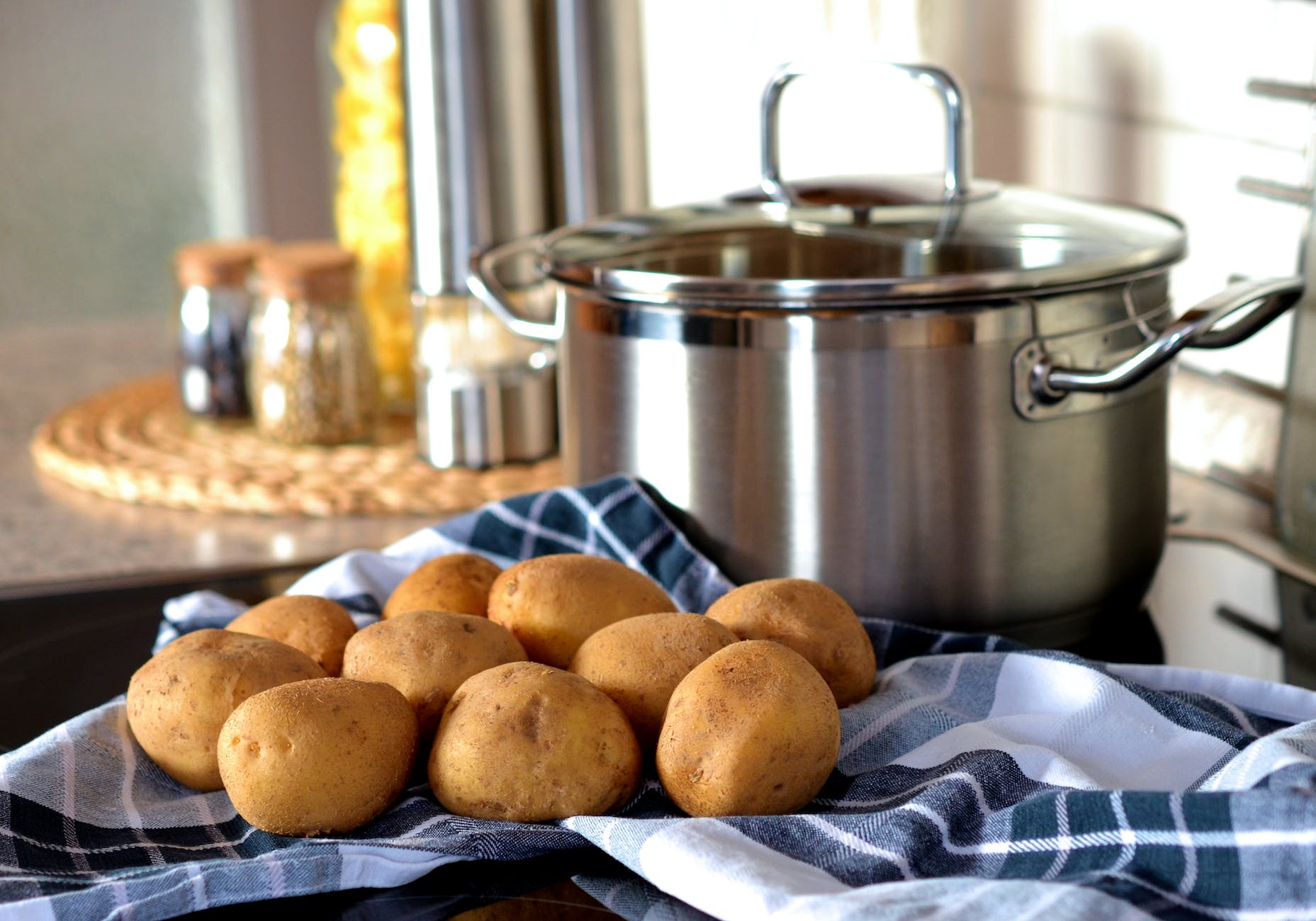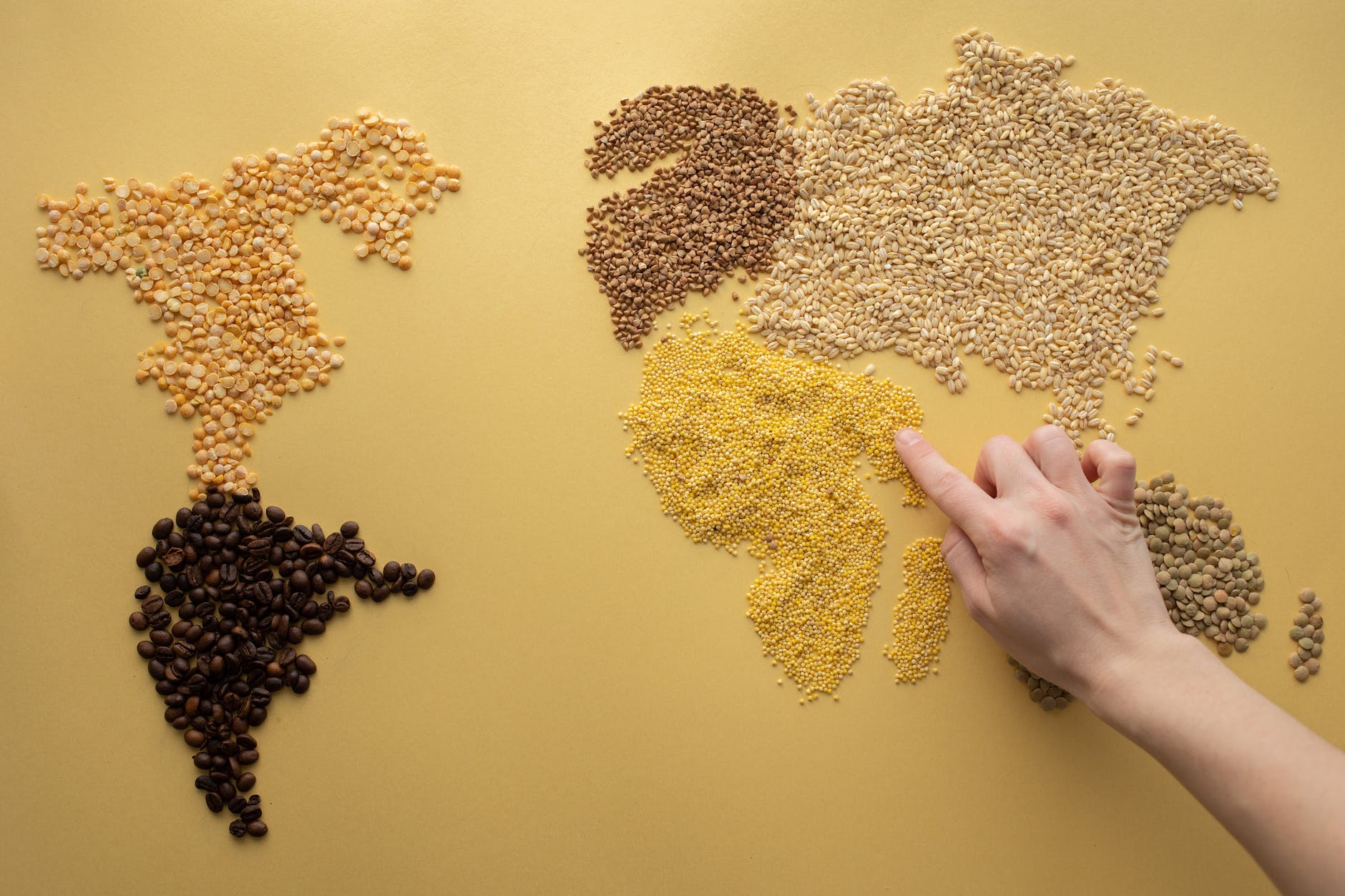
Introduction
The potato is one of the most popular and versatile vegetables around the world. Originally cultivated in the Andes of South America, potatoes have become a staple in many global cuisines due to their affordability, long shelf life, and culinary versatility.
Nutritional Profile
Per 100 grams, boiled potatoes without skin provide:
- Calories: 87
- Protein: 1.9 grams
- Fat: 0.1 grams
- Carbohydrates: 20.1 grams
- Fiber: 1.8 grams
- Vitamin C:
- Vitamin C: 7.4 mg (12% of the DV)
- Potassium: 379 mg (8% of the DV)
- Vitamin B6: 0.2 mg (10% of the DV)
Potato Health Benefits
Potatoes are more than just a starchy vegetable; they offer several health benefits:
- Rich in Vitamins and Minerals: Potatoes are packed with essential nutrients like vitamin C and potassium.
- Digestive Health: The fiber content in potatoes can help promote bowel regularity and support overall digestive health.
- Bone Health: They provide good amounts of magnesium and calcium, minerals essential for bone health.
Potential Potato Warnings
While potatoes are generally safe to consume, there are a few potential precautions:
- Green Potatoes: Potatoes can turn green when exposed to light. This green color indicates the presence of solanine, a natural toxin. Consuming high amounts of solanine can cause symptoms like nausea, dizziness, and in extreme cases, paralysis.
- Allergies: Though rare, some people may have an allergy to potatoes. Symptoms can range from hives and itching to severe anaphylaxis.
Potato Weight Loss Benefits
While potatoes are often associated with weight gain due to their high carbohydrate content, they can also have benefits for weight loss:
- Satiety: Potatoes rank high on the satiety index, which measures how filling different foods are. Eating foods with a high satiety index can help control hunger, an essential aspect of weight loss.
- Nutrition Density: They are packed with essential nutrients. Meeting your nutrient needs with low-calorie foods can support overall health during weight loss.
Five Practical Ways to Incorporate Potatoes into Your Diet for Weight Loss
- Baked Potato with Greek Yogurt: Instead of butter and sour cream, top a baked potato with Greek yogurt for a protein-packed, lower-calorie alternative.
- Potato and Vegetable Soup: Add cubed potatoes to a vegetable soup for added bulk and satiety.
- Roasted Potatoes: Slice potatoes thinly, toss them in a bit of olive oil and your favorite spices, and then roast until crispy.
- Potato Salad with Vinegar: Make a potato salad using vinegar and mustard instead of mayo for a lighter version of this classic dish.
- Mashed Potatoes with Cauliflower: Replace half the potatoes in your mashed potatoes recipe with steamed cauliflower to reduce the calorie content without sacrificing texture.
Conclusion
The humble potato, when prepared healthily, can be a nutritious addition to a weight-loss diet. As with all foods, moderation is key, and it’s essential to pair potatoes with a variety of other fruits, vegetables, lean proteins, and healthy fats to create a balanced diet.
In the next installment of our vegetable series, we’ll be taking a closer look at the nutritious and versatile Tomato.










